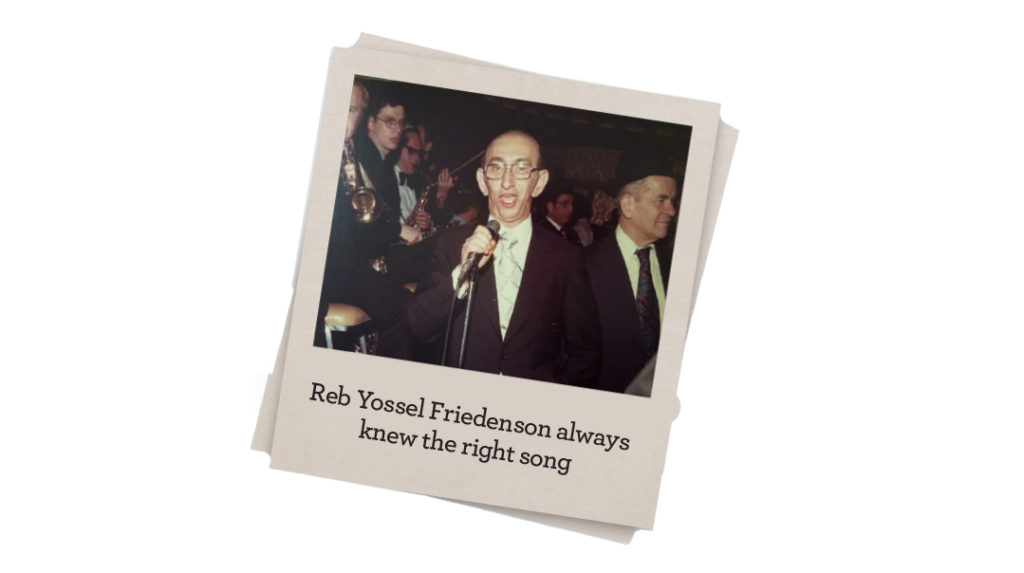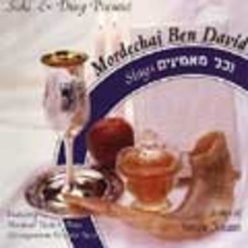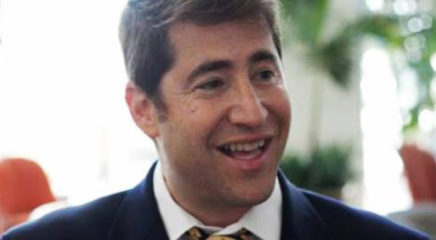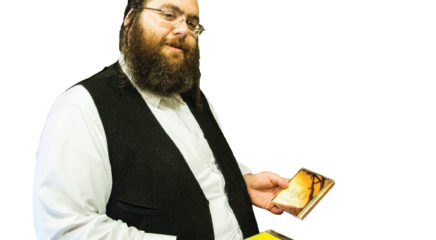It wasn’t long before it became the classic “Ani Maamin”
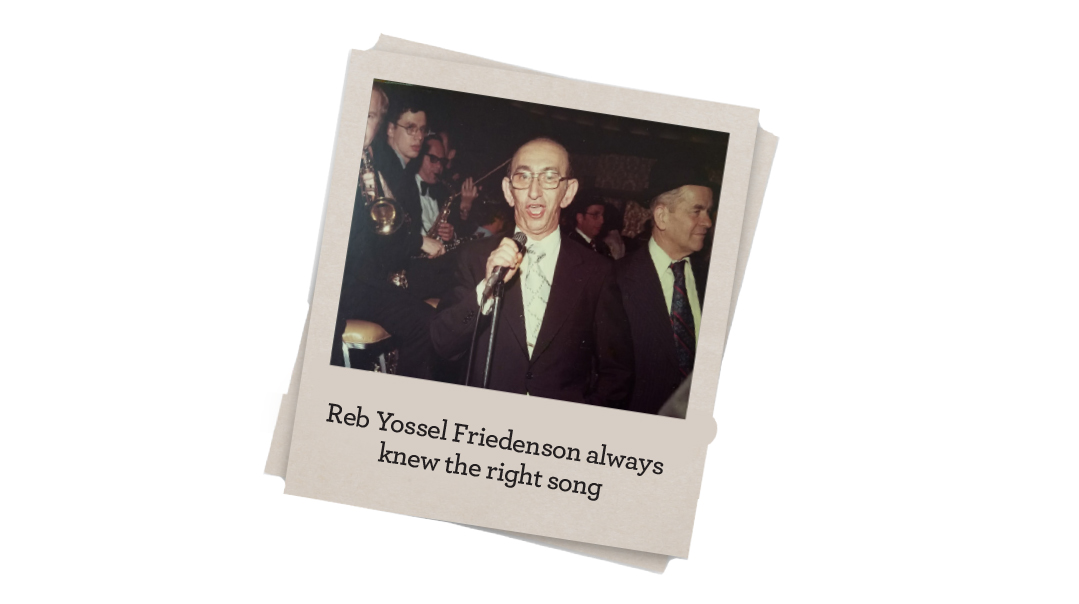
Several weeks ago, ArtScroll released an uplifting and inspirational book called Faith Amid the Flames, written by my brother Yosef Chaim Golding. The book is the life story of his father-in-law, Reb Yosef Friedenson — and while this isn’t a book review or even a plug, it is a story about the larger-than-life Reb Yossel that is so appropriate for these days.
The year was 1978, and Suki and I were about to release our first album with MBD — the Yom Tov album V’chol Maaminim. Although the songs were all based on the niggunim of the Yamim Noraim, we felt it needed a Yiddish song to round it out. It was during the Three Weeks, and my brother Yosef Chaim told me he was going up to White Lake to visit his father-in-law. I decided to join the trip, as I always felt close to Reb Yossel and his Rebbetzin Gittel. To be honest, no one made a better stuffed cabbage than she did, and who doesn’t have room for some delicious chaluptches?
When I got there, Reb Yossel asked me what I was working on. I told him about the album, and he immediately said “I have the perfect song for you!” He then stopped, looked me straight in the eye and added, “This is a holy song.” He was talking about “Habeit MiShmayim U’re’ei.” The lyrics were written by Reb Chaskel Rottenberg Hy”d, and the tune was composed by Reb Yosef Mandlebaum a”h, the gabbai of the Bobover Rebbe ztz”l. The niggun was sung in the concentration camps, specifically on the way to the gas chambers. We only used two of the verses (the song actually has four), but when MBD sang the song in the studio, the entire studio staff was mesmerized by this special niggun.
Once he arrived in America, Reb Yossel spent most of his life in the Agudah office writing about the gedolim who did and didn’t survive the Holocaust. I believe it was he who suggested to Rabbi Moshe Sherer that at the Siyum HaShas they should sing the famous “Ani Maamin,” which they’ve been doing ever since. Some of you are surely familiar with the dramatic story about the salvation of that particular Ani Maamin. But in speaking to my friend Reb Shaul Shenker, a nephew of Ben Zion Shenker a”h, not only did he confirm the story, he added information most people don’t know.
The niggun was written by a Modzhitzer chassid and baal menagen named Reb Azriel Dovid Fastag Hy”d, who composed it on the train to Treblinka. While on the train, eyes closed, he began singing the song to himself, and soon, the entire train had joined in with him. Reb Azriel opened his eyes and couldn’t believe it. In a choked voice, he cried out that he’d give half his portion in Olam Haba to whoever would bring the tune to the Modzhitzer Rebbe, Rebbe Shaul Yedidya Elazar Taub ztz”l, who had escaped Europe and was living in New York. Two young boys took the notes and jumped off the train. One was killed instantly, while the other miraculously made it to New York. He arrived at the Modzhitzer shul on the day the Rebbe was making a bris for a grandson. The Rebbe was sitting next to the Kopishnitzer Rebbe and Rav Hutner, and although all three were musically inclined, none of them knew how to read music notes. Fortunately, Ben Zion Shenker was there and was able to sing them the niggun. Everyone at the bris sang the song together, and it wasn’t long before it became the classic “Ani Maamin.”
The end of the story, which I was not able to confirm, was the Rebbe’s statement that with this tune they went to the gas chambers and with this tune we will march to greet Mashiach. Whichever tune it will be, let’s hope it will be soon.
(Originally featured in Mishpacha, Issue 772)


